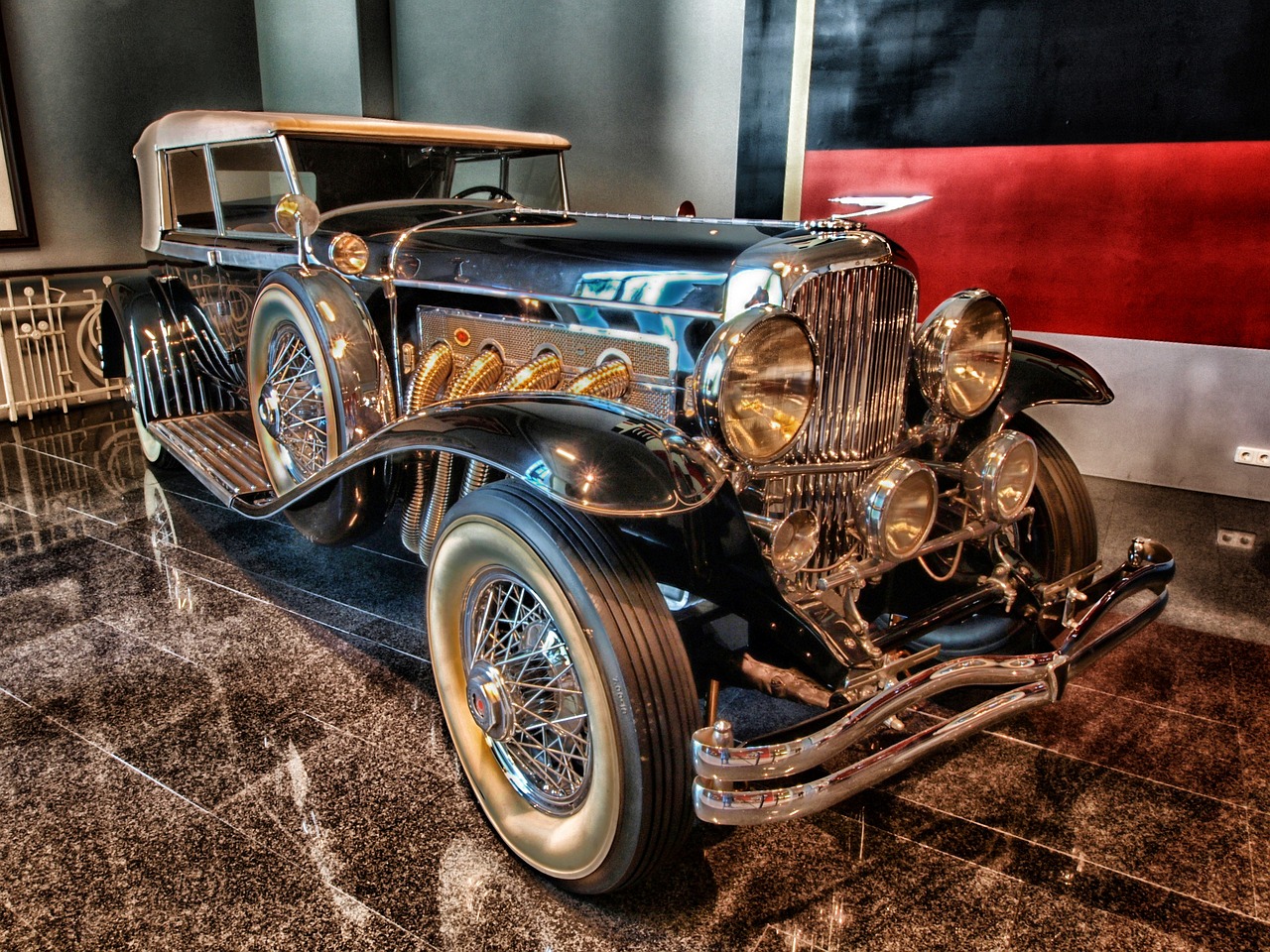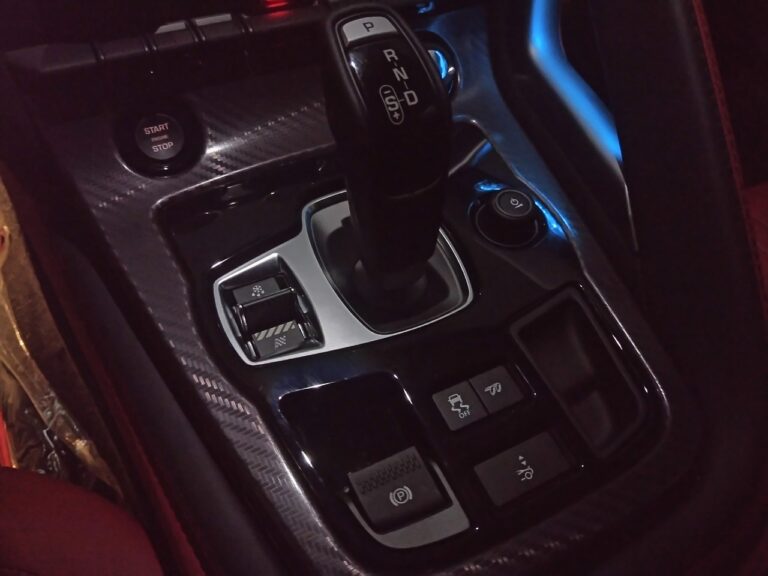Digital Twins in Automotive Industry: Improving Design and Manufacturing Processes
In the realm of technology and innovation, the concept of digital twins has been making significant strides in various industries. Essentially, digital twins are virtual replicas of physical objects, processes, or systems that provide real-time data insights and analysis. This cutting-edge technology enables companies to monitor and optimize the performance of their assets and operations with unprecedented accuracy.
By creating a digital twin, businesses can gain a deeper understanding of the behavior and performance of their products or processes through data simulation and analysis. This virtual representation allows for predictive maintenance, performance optimization, and innovation in product development. With the increasing integration of IoT sensors and AI algorithms, digital twins are revolutionizing the way companies design, operate, and maintain their assets, resulting in improved efficiency and cost savings.
Benefits of Implementing Digital Twins in Automotive Industry
Digital twins provide a virtual representation of physical assets, enabling real-time monitoring and analysis. In the automotive industry, this technology is incredibly valuable for optimizing performance, predicting maintenance needs, and improving overall operational efficiency. By creating a digital replica of a vehicle or a production line, manufacturers can obtain valuable insights into the functioning of their processes, leading to enhanced decision-making and cost savings.
Furthermore, digital twins facilitate the development of new products through simulation and modeling, reducing the time and resources required for physical testing. Automakers can simulate different scenarios, assess the impact of design changes, and identify potential issues before they arise in the real world. This predictive capability not only speeds up the innovation process but also enhances the reliability and safety of vehicles, ultimately benefiting both the manufacturers and the end-users.
Challenges Faced in Adopting Digital Twins
One of the key challenges in adopting digital twins in the automotive industry is the high initial investment required to implement the technology. Developing a comprehensive digital twin system involves significant costs for acquiring advanced sensors, data analytics software, and skilled professionals to manage and interpret the data. This financial barrier can be daunting for many companies, especially smaller ones with limited resources.
Another obstacle is the complexity of integrating digital twin technology with existing processes and systems within automotive manufacturing facilities. Implementing digital twins requires seamless coordination between various departments and stakeholders, as well as ensuring compatibility with legacy technologies. This can lead to logistical difficulties and potential disruptions in production if not executed correctly. The need for thorough planning and effective communication across all levels of the organization is essential to overcome this challenge successfully.
What is a digital twin?
A digital twin is a virtual representation of a physical object or system that allows for real-time monitoring, analysis, and simulation.
How can digital twins benefit the automotive industry?
Implementing digital twins in the automotive industry can streamline operations, improve product design and development, increase efficiency, and reduce downtime.
What are some challenges faced in adopting digital twins?
Some challenges in adopting digital twins include high initial costs, integration with existing systems, data security concerns, and the need for specialized expertise.
How can companies overcome the challenges of adopting digital twins?
Companies can overcome these challenges by conducting thorough research, investing in training for employees, partnering with experienced vendors, and developing a clear implementation strategy.







